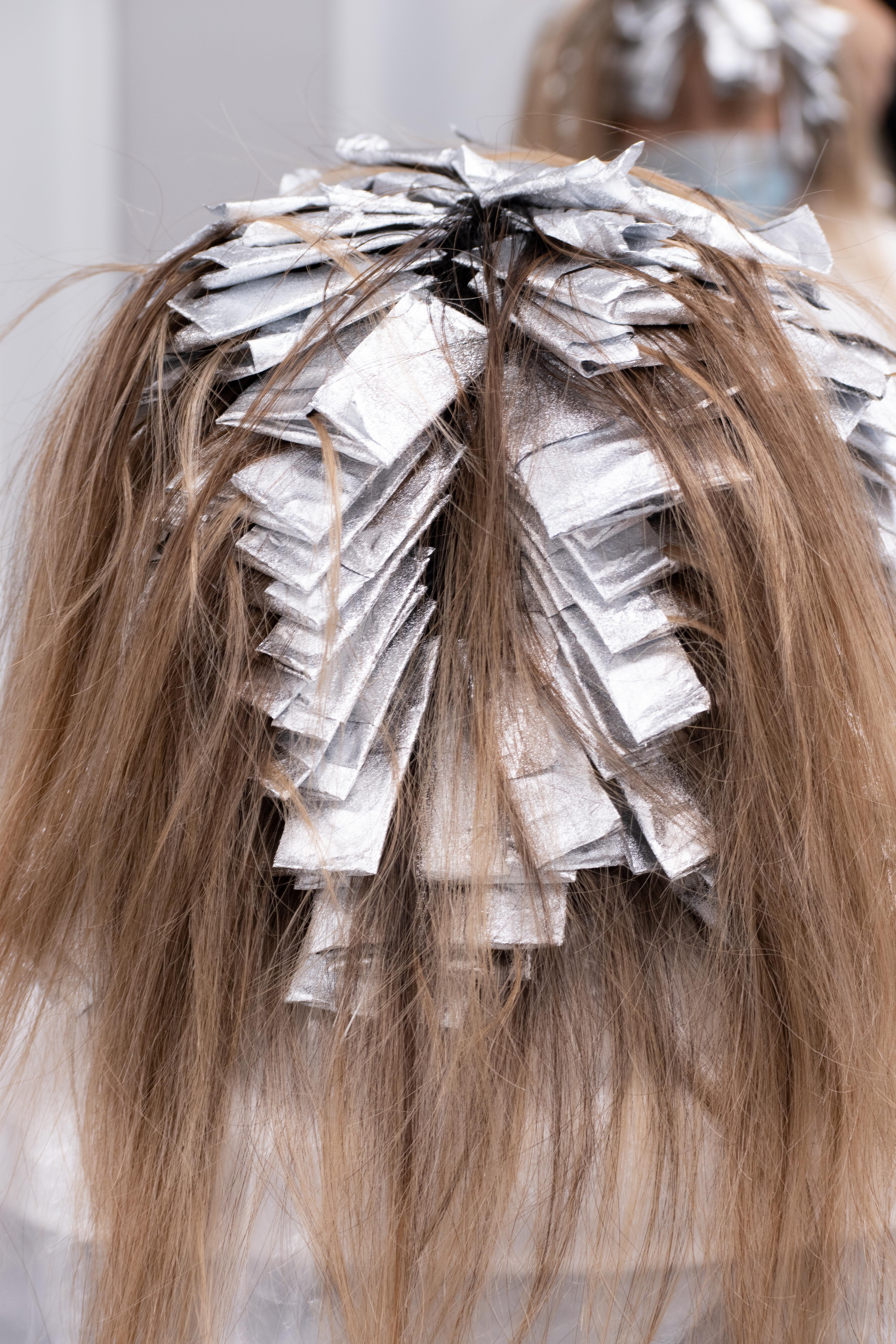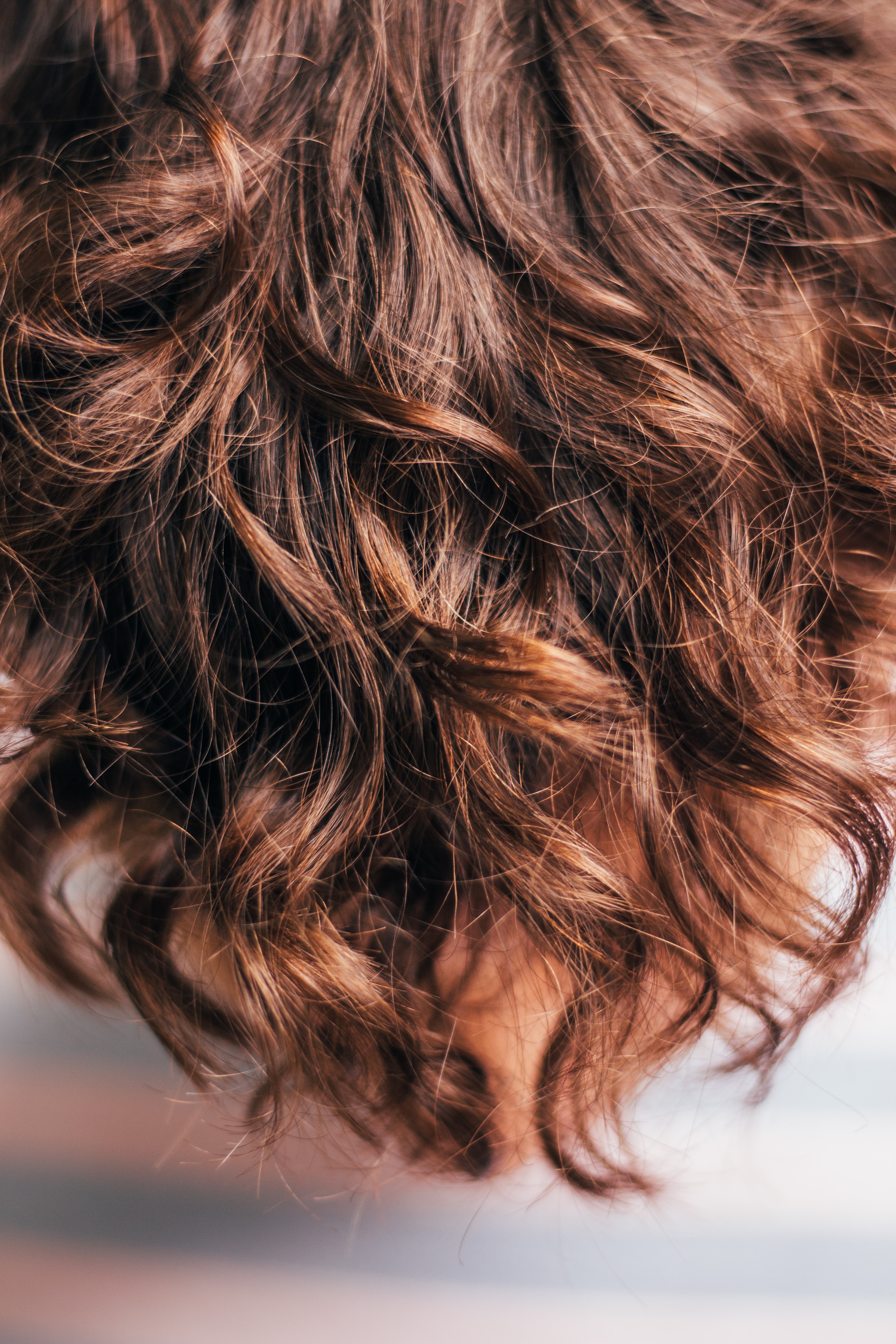Natural Hair Dye
Is Hair Colour Worth Dying for?
Some may think that Natural Hair Dye and homemade hair dye recipes are a waste of time. But if you use permanent hair dye you are likely to be familiar with the burning sensation, irritation on the scalp and strong distinctive smell during the application of the dye. This is because the scalp is one of the most sensitive parts of the body with a high blood supply and the chemicals used in hair dye are quite strong.
We may try to overlook the chemicals that we place on our hair and focus instead on the glamorous results, but as consumers we should be more sceptical about industry safety claims and become more knowledgeable about the products.
In fact we should be demanding to know just how safe, or unsafe, hair dye really is. If you are interested in detoxing your body and making your life more "green" then being aware of what chemicals are in the cosmetic products you use is important. But even if you are not trying to do a body cleanse, you should still look out for your health and safety because big comapnies are not always as concerned with the long term effects of their products as they are with showing a profit.

The difference between dye or colourants use today and those used in historical times is that the older versions would have been natural hair dye whereas most modern hair dyes are chemically constituted.
Market research indicates that an increasing number of people are dying their hair and are doing so at a younger age. In some countries up to 60% of women and up to 10% of men regularly dye their hair.
According to the Cosmetic, Toiletry and Perfumery Association (CTPA) in the U.K. ,commercial hair dyes can be safely used as recommended in the instructions and consumers can use them with confidence. But there is an ongoing safety investigation by the European Commission (Scientific Committee on Consumer Products - SCCP) because of studies linking hair dye usage to bladder cancer. The research was published in the International Journal of Cancer 2001. It concluded that "after adjustment for cigarette smoking, a major risk factor for bladder cancer, women who use permanent hair dyes at least once a month experience a 2.1 fold risk of bladder cancer relative to non-users.
A study published in the American Journal of Epidemiology in 2004, suggests that the proportion of lymphomas in the female population that could be attributable to hair dyes is about 10%. Another study across European countries, found an increased risk of lymphoma associated with the use of hair dye. (Lymphoma is a broad term encompassing a variety of cancers of the lymphatic system. The lymphatic system helps filter out bacteria and is important in fighting disease.)
Many other studies have been published, some giving evidence of dangers to using hair dye and others proving inconclusive but is it something we as consumers should ignore?
What experts do agree on is that common chemical ingredients used to facilitate the permanent colouring process such as ammonia, resorcinol, paraben and PDD(p-phenylenediamine) are allergens - substances that can cause an allergic reaction when in contact with the body - although sensitivities will differ from person to person.
One of the biggest toxins is ammonia. This is the same ingredient used in many household cleaning products and also the reason why hair dye burns the scalp and smells so strong.
Another toxin is PPD. Researchers from the St John's Institute of dermatology in London warned that is PPD and related agents, found in most hair dyes, can trigger allergic reactions, such as facial dermatitis and even facial swelling.
The good old FDA, the organisation supposedly responsible for overseeing the safety of cosmetics sold in the USA , is not able to prohibit the sale of hair dye even though hair straighteners and hair dyes are among the FDA's top consumer complaint areas. According to the FDA, this is due to an extraordinary situation where hair colouring made from coal tar was given special exemptions from bans when the Food, Drink and Cosmetic Act was passed in 1938, due to lobbying pressure from the coal tar hair dye manufacturing industry at the time. The most they can do is insist that product labels include a skin irritation/allergy warning.
Although many modern hair dyes derive their ingredients from petroleum sources, they are considered coal tar dyes by the FDA because they contain some of the same compounds found in the older dyes. This means that as long as hair dye packaging carries skin irritation/allergy warnings, most hair dyes sold in the USA and exported to the rest of the world, do not have to go through the pre-market safety testing that other cosmetic colour additives do, before hitting the shelves.

Natural Hair Dye Recipes
As an alternative to henna, one can create homemade natural hair dye from a non-toxic infusion by boiling certain herbs or vegetables in water and then cooling and straining prior to using the rinse. Other rinses can be derived from many ingredients easily found in most kitchen pantries.
These suggestions for natural hair dye below are what I could find from my research and are purely for fun to try and have no lasting effect on the colour of the hair. They would merely enhance your natural hair colour. Some people's hair is very porous so results would be more effective while others may just get a nice shine to their hair.
For Brunette shades, rinse hair with one of these suggestions:
- The cooled water left after boiling unpeeled potatoes
- Teas made from rosemary, sage, raspberry leaves, parsley, or catnip
- Black tea - rerinse 15 times with the same liquid before final water rinse (repeat daily for best results)
- An infusion of tea, walnuts and coffee
- An infusion of apple cider vinegar, rosemary and coffee
- Boil walnut husks in water for about 15 minutes then strain, COOL and apply to your hair - it is said to make brown hair darker.
- For Blonde shades, rinse hair with:
- 1 cup Lemon juice with 3 cups chamomile tea - sit in the sun for an hour then rinse (repeat daily for best results)
- Infusions or teas made from Saffron, Turmeric, Calendula (marigold), Mullein
- An infusion of Avena Sativa (oat straw), Licorice Root and Saffron
- Chamomile tea
- Water from boiling chopped rhubarb in water. (Cool and strain the water)
For red shades, rinse hair with:
- Cool, strong black coffee
- Strong tea made from rosehips, red hibiscus, calendula, cloves or saffron. Rerinse 15 times with the same liquid before final water rinse (repeat daily for best results)
- 1/2 cup beet juice and 1/2 cup carrot juice mixed together - sit in the sun for an hour then rinse (repeat daily for best results)
For gray shades, rinse hair with:
- A Hollyhock infusion or Betony rinse to remove the yellow from gray hair.
- Simmer sage and rosemary in water for half and hour and then allow to steep for a few hours. Apply to your hair and allow to dry then rinse. Do this weekly to get a better result.
Many consumers are not ashamed to want to look their best and know all too well the value of the right hair colour and the effect it has on their self-esteem. It is vital however that we know what the risks are in using chemicals on our bodies and we make an effort to be informed so that decisions we make now will not be damaging to our health in the future.


